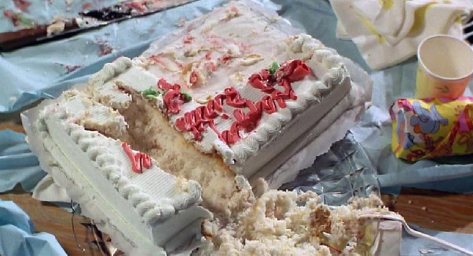
After all of these years of covering lesser-known tokusatsu series, we’ve finally come to Spectreman, which I’ve mentioned multiple times while discussing other topics—and in its way, it is rather important. This is another series by P Productions, the studio formed by former cartoonist Tomio Sagisu that brought us both The Space Giants/Ambassador Magma and Monster Prince, and managed the feat of sparking a second Japanese “Monster Boom” in 1971, a few years after the mid-to-late-sixties boom petered out. As pointed out in previous posts, it managed to beat both Return of Ultraman and Kamen Rider to the punch by only three months—P Productions was a smaller outfit than Tsuburaya Productions or Toei, but they showed themselves to be pretty on the ball when it came to televised kaiju delivery systems. Crucially for this series’ unexpected legacy, they also had something their bigger rivals did not: distribution outside of Japan.




